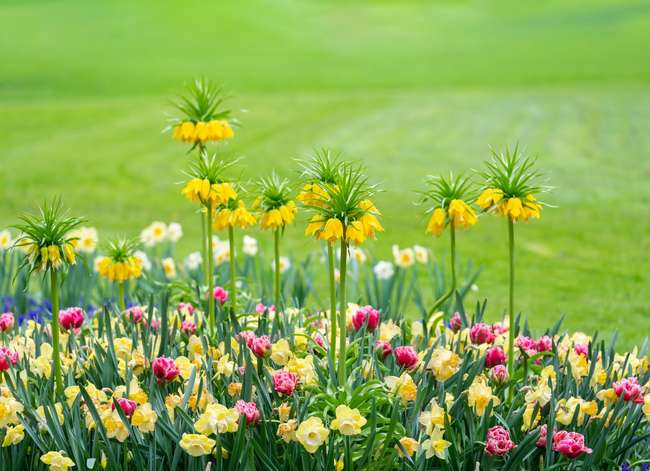We may earn revenue from the products available on this page and participate in affiliate programs. Learn More ›
To Raise a Stink—Or Not
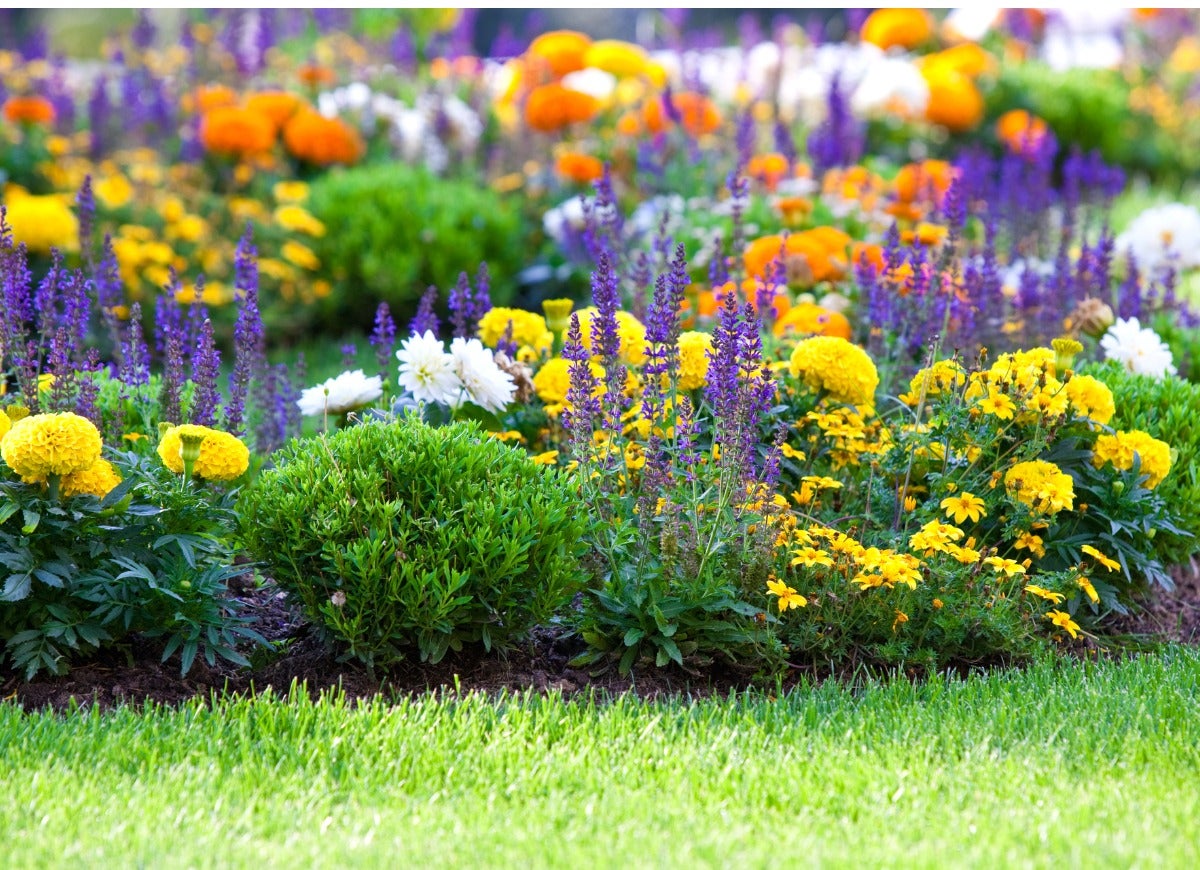
Just because a plant stinks doesn’t necessarily mean that you shouldn’t grow it. The difference between fragrant and fetid often lies, after all, in the nose of the smeller. Scents that seem rapturous to one person might seem rank to another.
Also, odors that most humans don’t like can be the favorite perfumes of dogs and other animals. So, the statement that the following flowers stink obviously is open to contradiction. Their pollinators, after all, find them totally beguiling!
Related: 10 Foolproof Flowers Anyone Can Grow
Crown Imperial (Fritillaria imperialis)
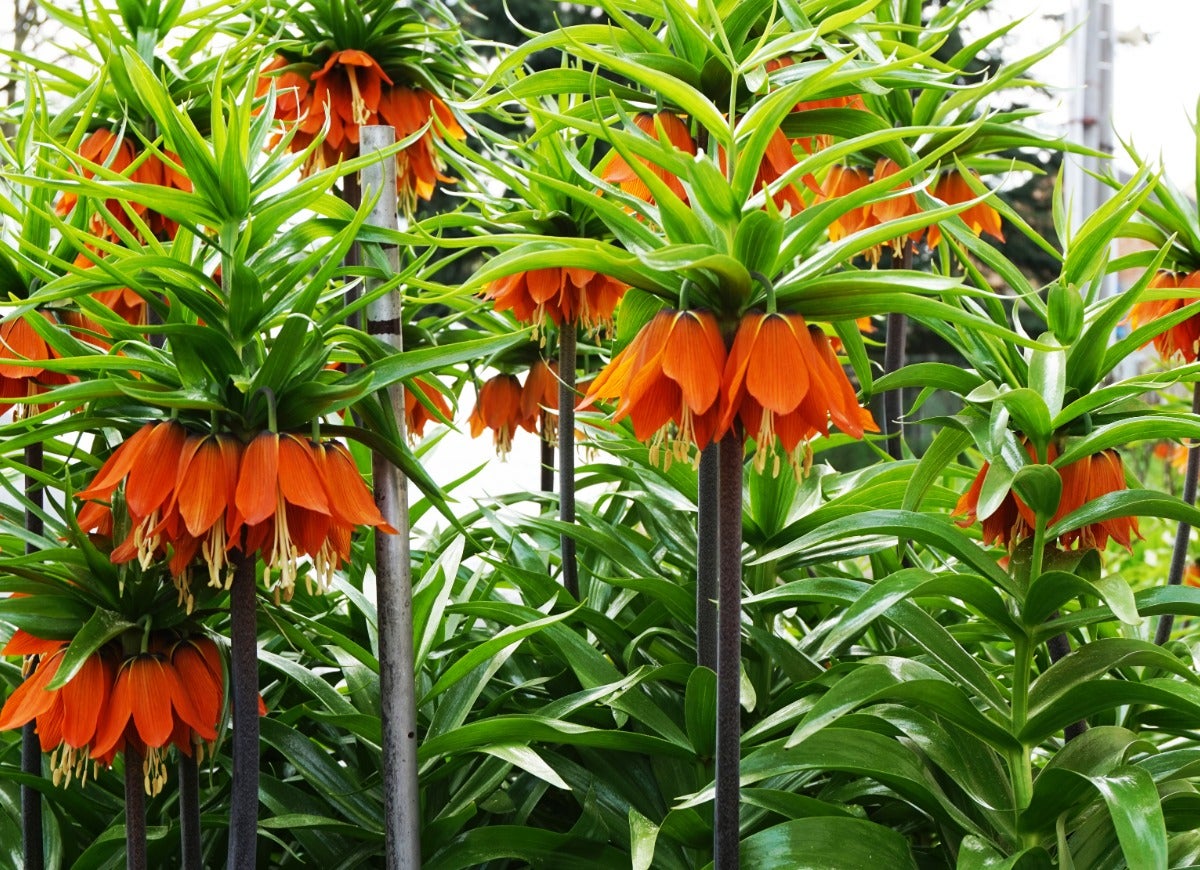
Among the most imposing of bulbous plants, the crown imperial grows from 3 to 5 feet with a crown of red, orange, or yellow bell-shaped flowers which are, in turn, each crowned by leaves. However, the plant is called “musky” by kind garden writers, “foxy,” “skunky,” and “stink lily” by others. Still, this royal is imperial enough to get away with whatever scent it wishes to wear, not to mention that its odor repels rodents, which is a “di-stinked” advantage.
Marigold (Tagetes spp)
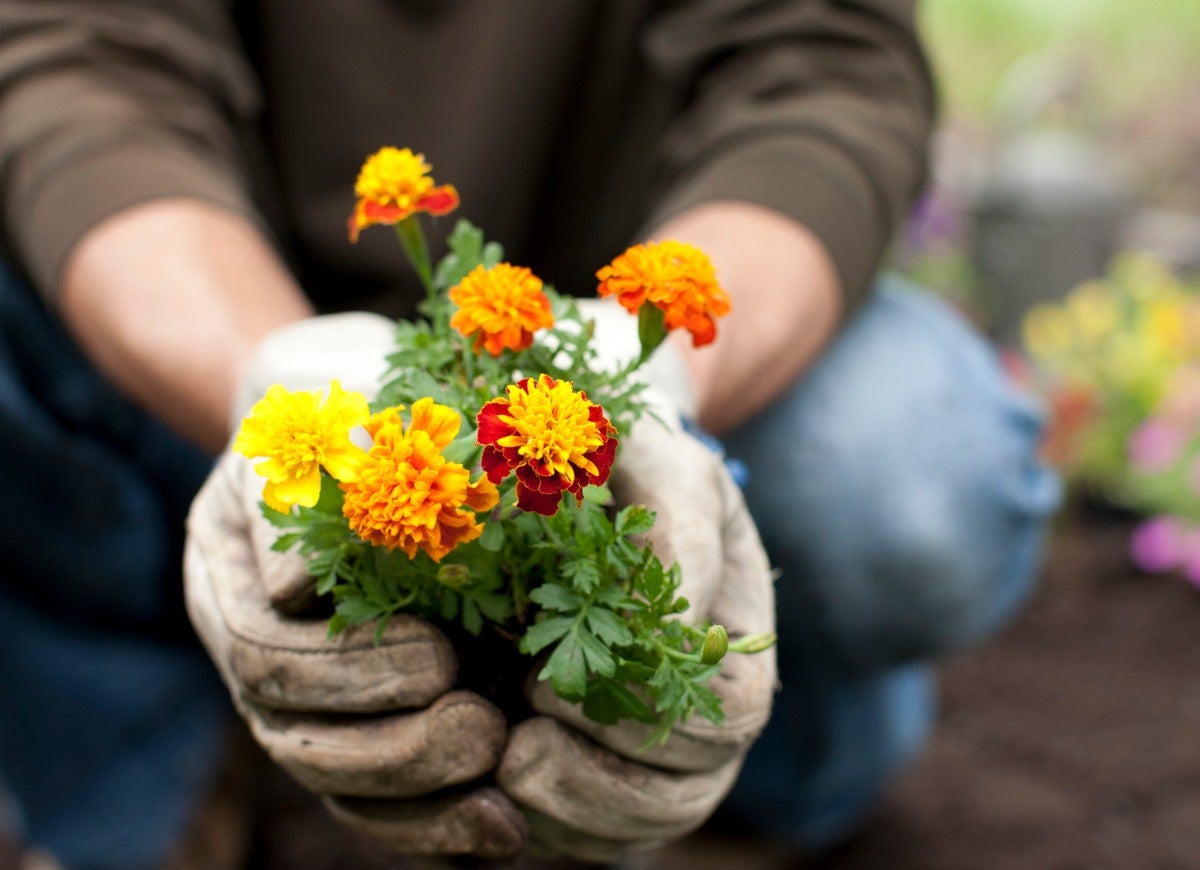
Marigolds sizzle with burning colors, generally flaming their brightest during late summer and early autumn. Their acrid odor, which comes from the terpene in their foliage, may be pleasantly reminiscent of fall fires to some gardeners, while others find it overwhelming. Seed companies have come up with scentless types—beginning with Burpee’s ‘Crown of Gold,’ developed with the help of a missionary who discovered an odorless species in China. But are marigolds really marigolds without their signature scent?
Related: Plants That Repel Mosquitoes: 18 Picks for a Bug-Free Backyard
Flowering pear (Pyrus calleryana ‘Bradford’)
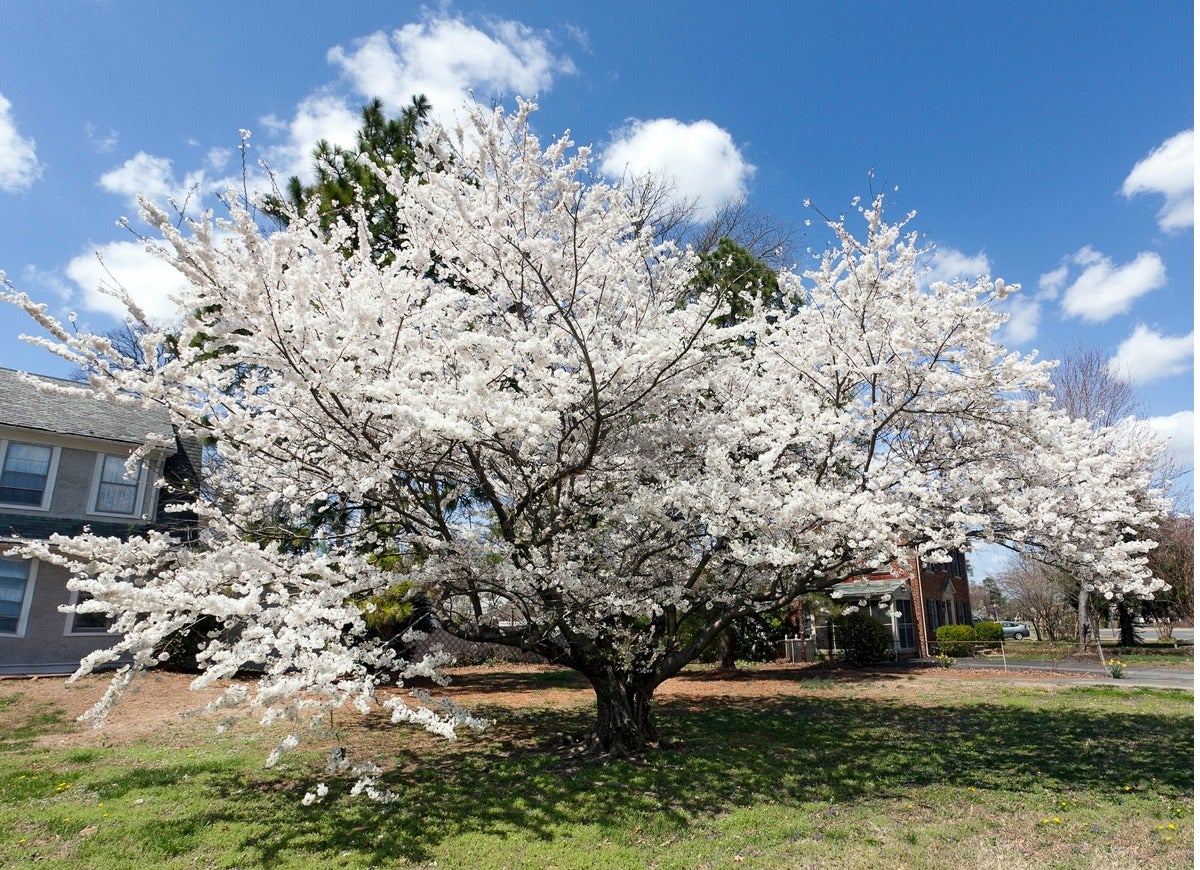
Also discovered by a missionary to China, though not the same one, the Callery pear produces a profusion of white blossoms in early spring and purplish or bronzy foliage in fall. Those attributes made it one of the most popular ornamental trees back in the 1950s until concerns about its brittleness and invasiveness surfaced. Oddly enough, no one seemed to care that the tree’s bridal blooms reek of butyric acid, a compound that also surfaces every time you—to put it politely—regurgitate.
Ginkgo (Ginkgo biloba)
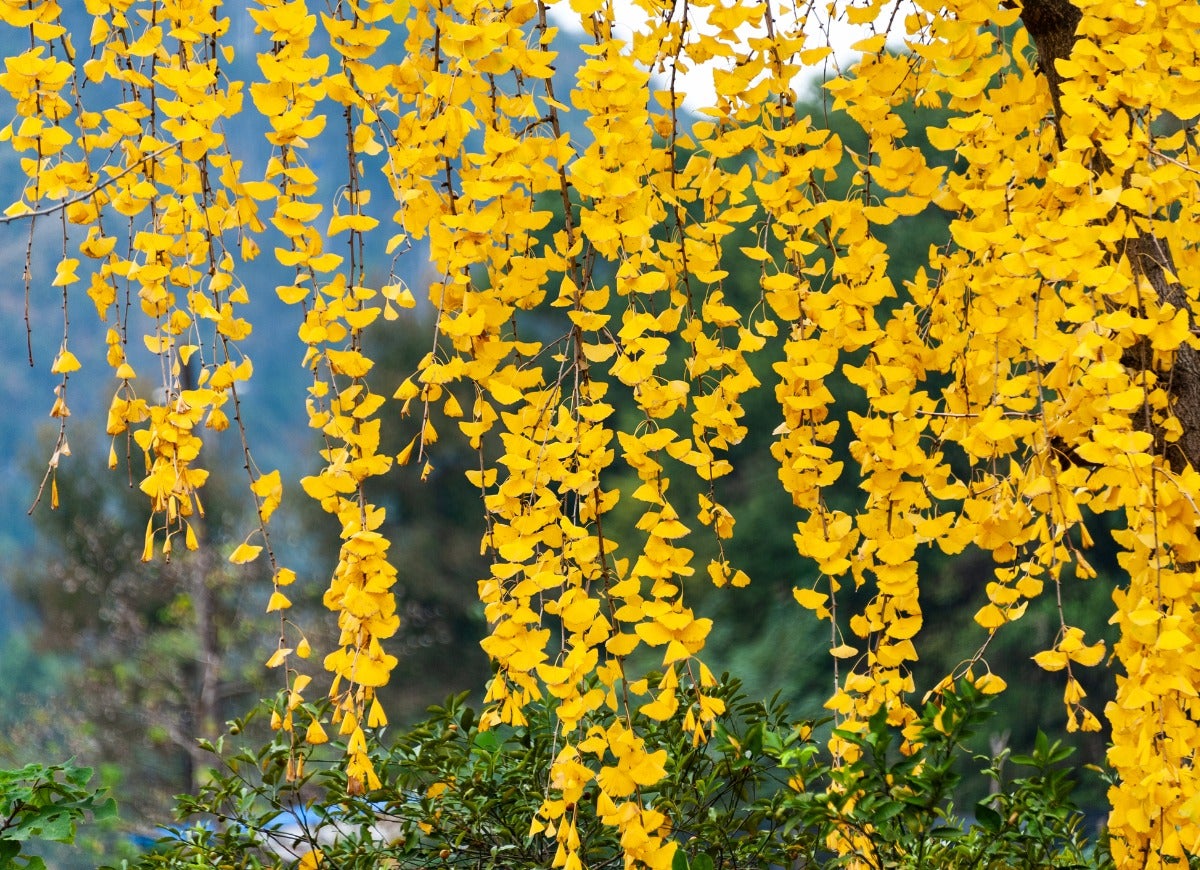
Speaking of that acid, although human females generally make more effort to smell good than males do, the same doesn’t always hold true in the plant world. For a tree that demurely flourishes fan-shaped leaves that turn golden in autumn, the female ginkgo pays little heed to the BO (butyric odor) that wafts from its fruits. Fortunately, male trees don’t make fruits, so gardeners still can have the pretty aspects of this tree without the putrid ones.
Sea Holly (Eryngium spp)
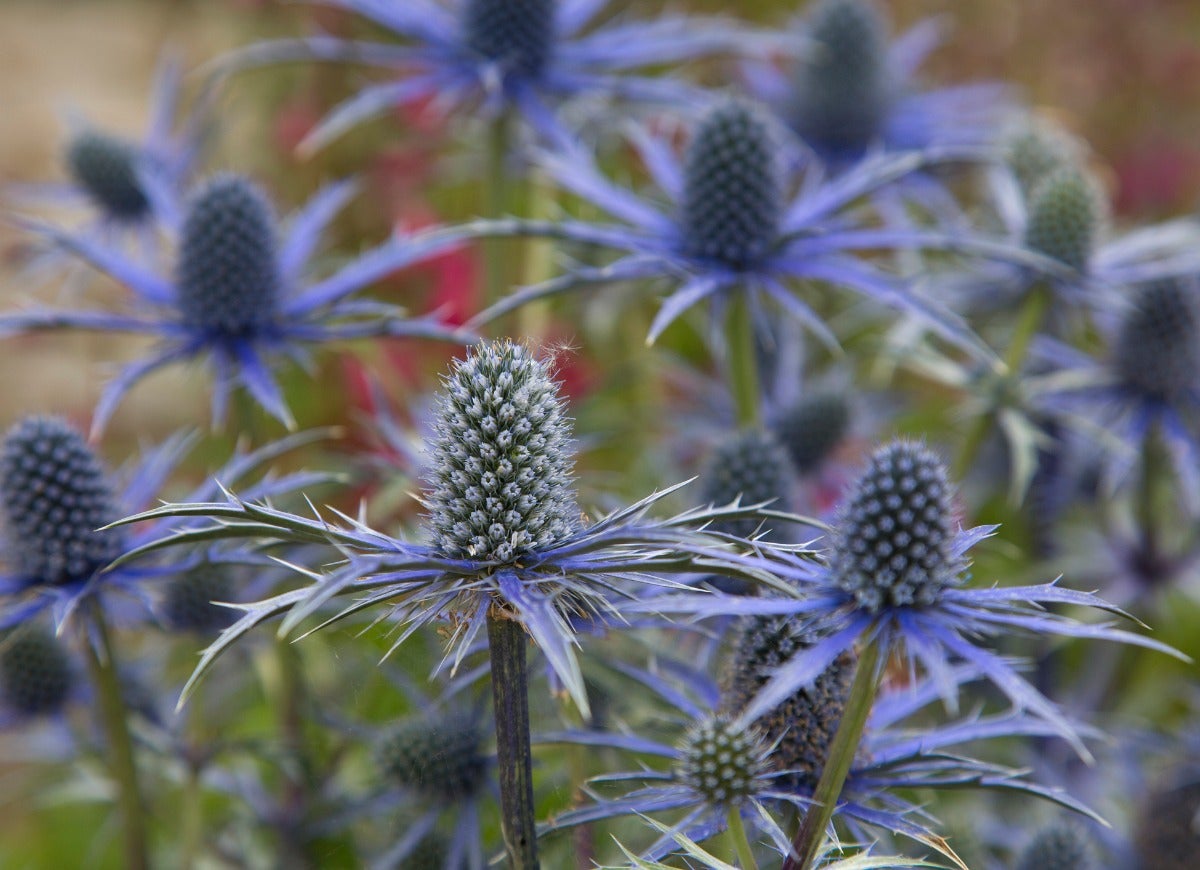
Prickly like holly and often as silvery and blue as the sea, this plant produces unusual thistle-like flower heads often dried for use in arrangements. Before you string them up, though, you’ll want to sniff their pollen, which in some types reportedly smells like something that should be disposed of with a pooper scooper. Otherwise, your bouquets might give off the type of bouquet that will have you and your guests surreptitiously checking the soles of your shoes.
Stapelia (Stapelia spp)
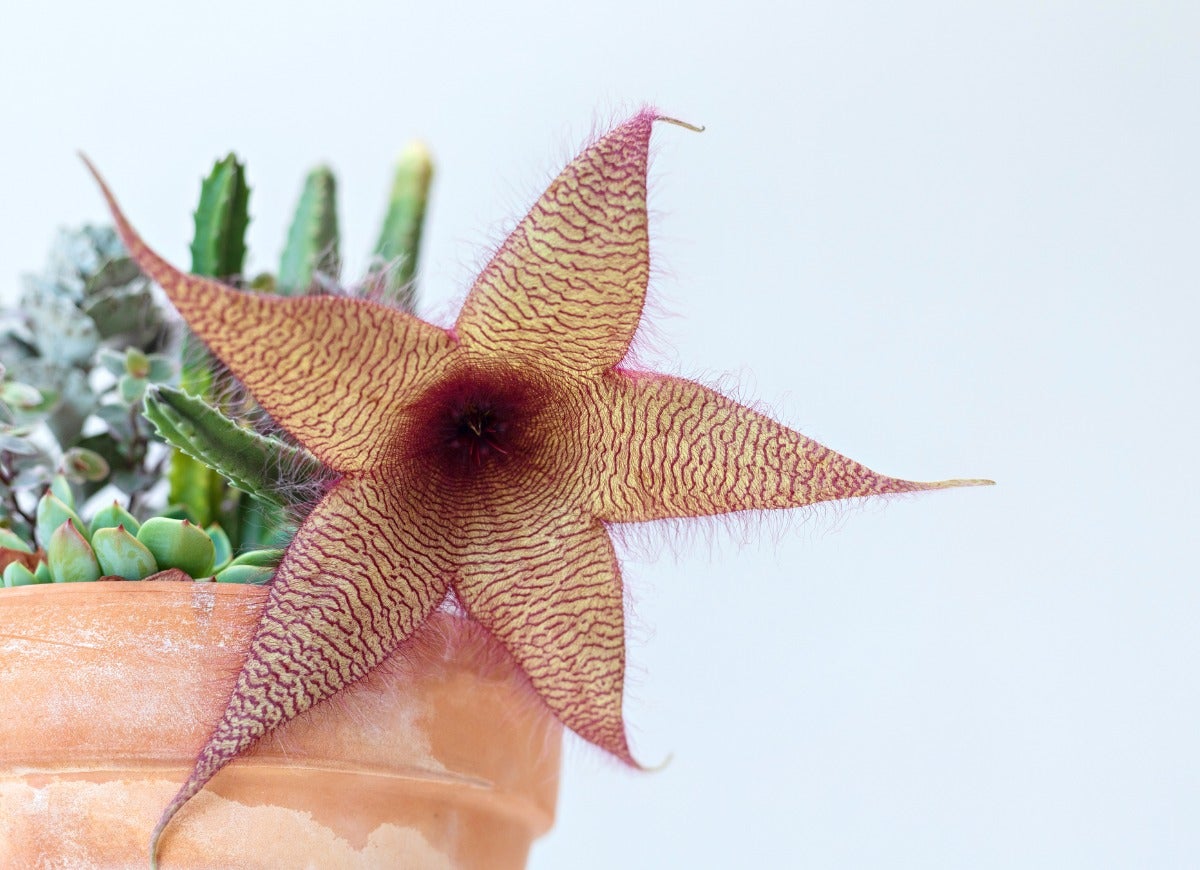
A popular succulent for its charmingly shaped starfish-like blooms and milkweed-like seedpods, stapelia has a less than charming nickname—carrion flower. As that moniker suggests, its often flesh-colored blooms can reek of rotting meat, which attracts flies that even attempt to lay maggot eggs in them on occasion. After all, who needs hummingbirds and butterflies, when less attractive pollen-carriers will do as well?
Pipevine (Aristolochia macrophylla)
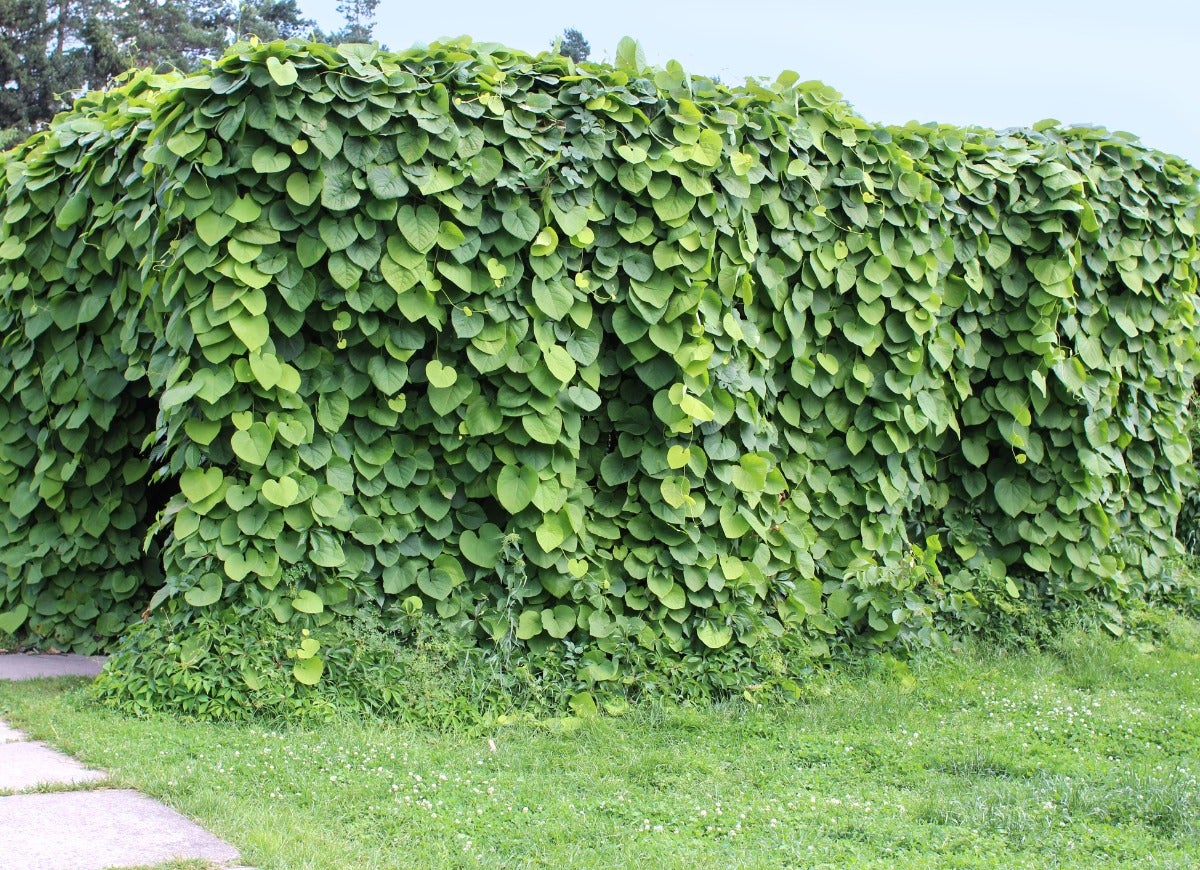
Pipevines aren’t picky about their pollinators either. Usually worth growing solely for their heart-, arrow-, or kidney-shaped foliage, they also produce fascinating blooms that often resemble pipes. Those aren’t the only things the plants imitate. Their foliage or flowers can copy the scents of dead animals, dung, or even the musty odor of mice to lure flies of one sort or another—insects that often remain trapped inside those blooms overnight to ensure their fertilization.
Valerian (Valeriana officinalis)
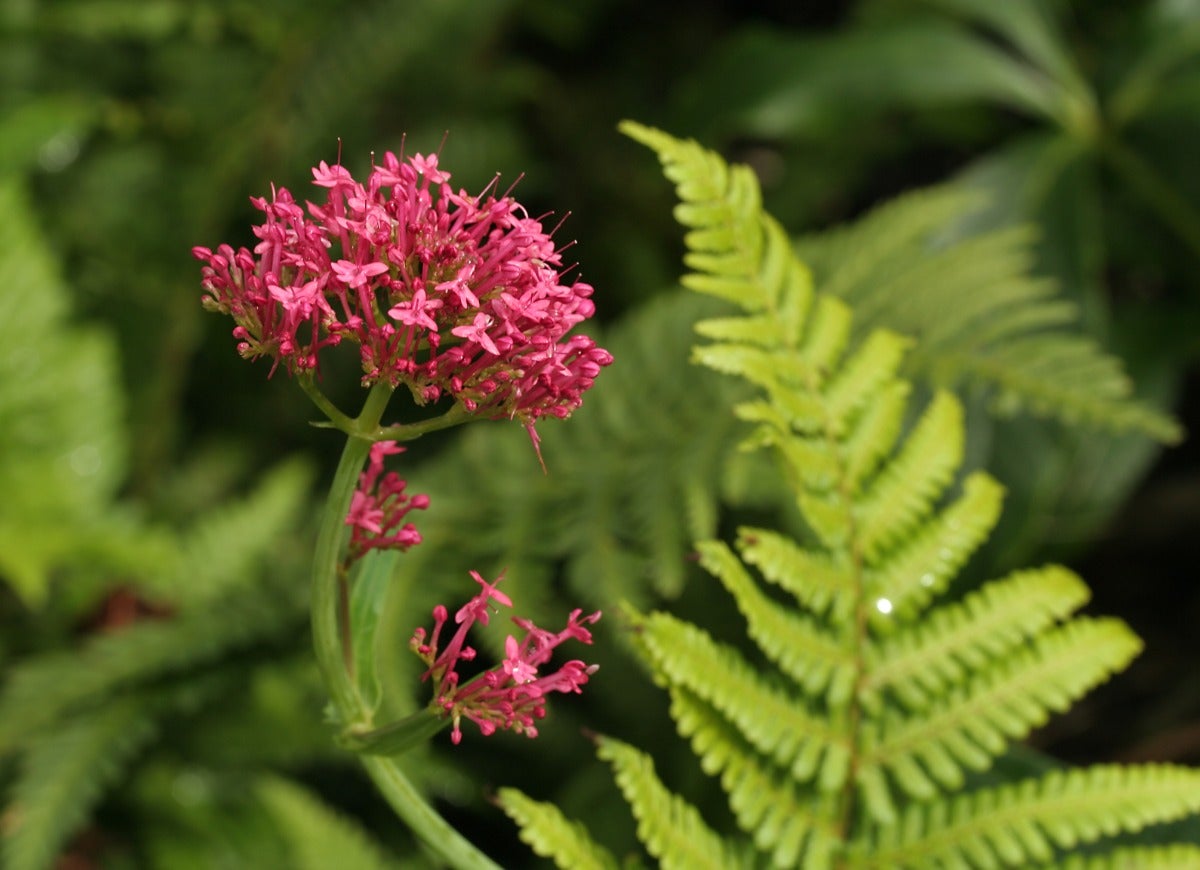
One of the most popular herbs for its ability to lull users into dreamland, valerian even is called “garden heliotrope” for its vanilla-scented lacy clusters of flowers that can vary in color from white to red. However, the roots of this plant also known as “phu” give off an odor of dirty socks. Oddly enough, that smell reportedly is highly attractive to animals, including cats, dogs, horses, and—according to the legend of the Pied Piper—even rats.
Related: The 18 Best Plants for Your Bedroom
To smell or not to smell… That is the question!
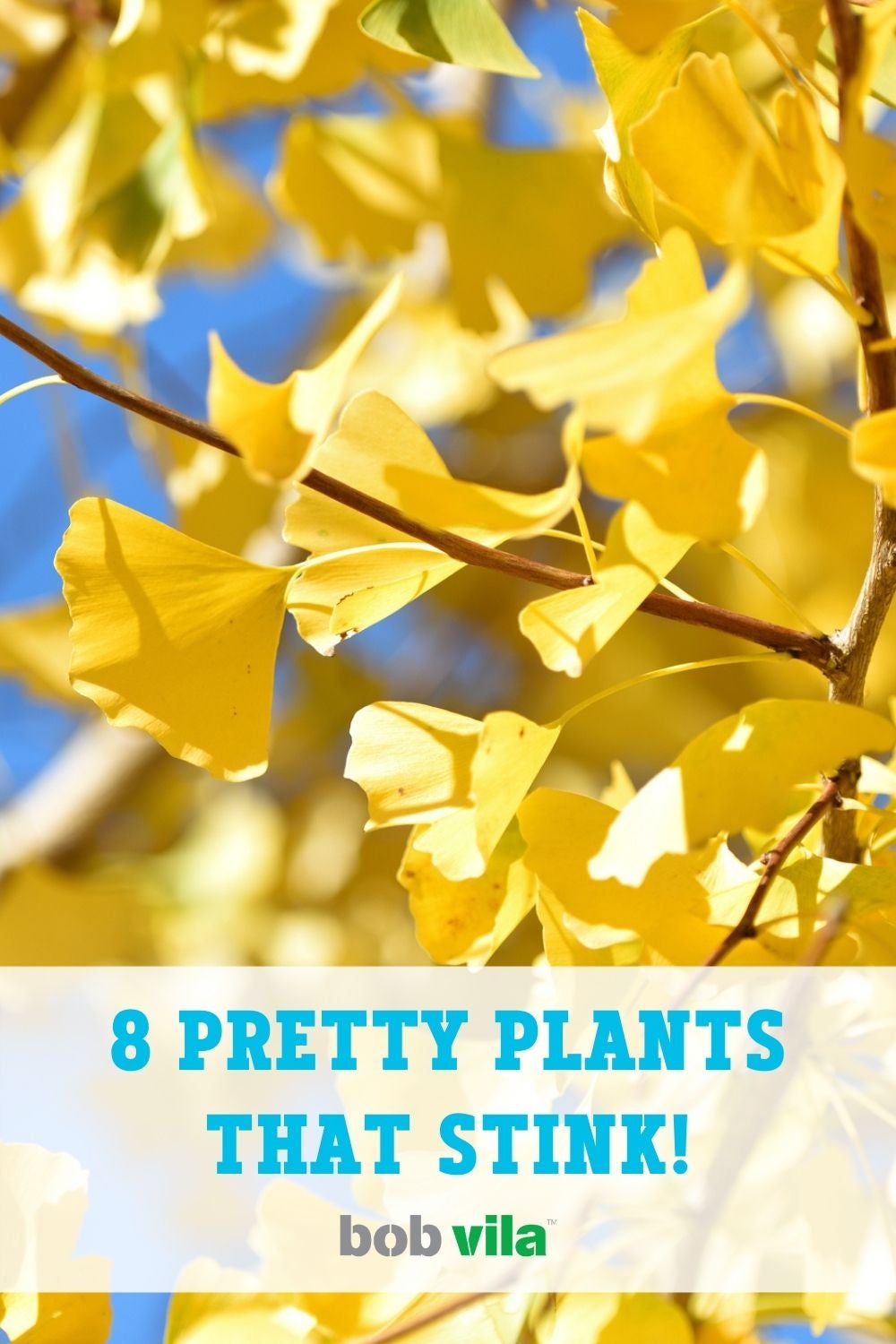
Try not to focus too hard on the scent of these flowers, as most of them can be a great visual addition to your yard. Let us know if you’ve grown any of these plants in your garden!

Our Best Advice for Beginner Gardeners
We’ll help you set up your first garden—whether that’s a few pots on your patio, a raised bed, or an in-ground plot out back—and select the right plants for your soil and region.

